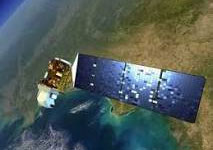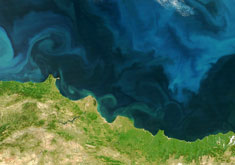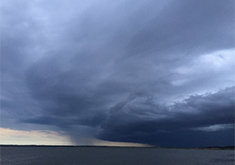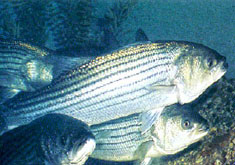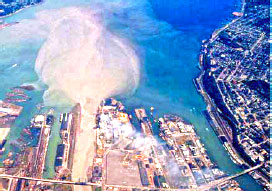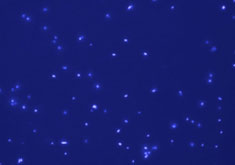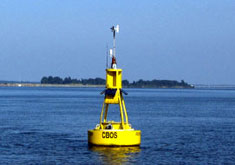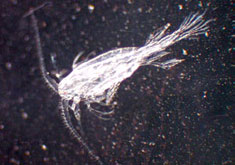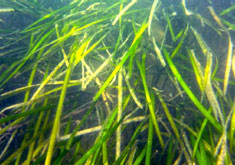Did you know that vast meadows of grass live underwater, or that microscopic plants can cause “dead zones” in coastal waters? Our coastal systems are dynamic and full of life. Coastal ecosystems support an abundance of valuable living resources. However, because of their proximity to land, coastal systems are particularly vulnerable to changes caused by human activity and other factors. It is important to understand the science behind the causes and consequences of these coastal trends so that we can act as responsible stewards of such important ecosystems.
Today scientists continue to investigate the trends that our coastal ecosystems are experiencing. In an effort to expand these findings beyond the scientific community, participants in our Scientist-Partnership Program created these modules to present topics of current coastal science research in a format aimed to engage 6-12th grade teachers and students. Browse the tabs to the left to find information and lesson plans on a range of topics related to trends in coastal ecosystems.
Photo credits: Microbes: D. J. Patterson L. Amaral-Zettler and V. Edgcomb 2006; Dead Zones: Tom Ardito; Seagrass: Tim Carruthers; Fish and Physics: NOAA; Observing the Ocean: Adrian Jones; Coral Reefs and Climate Change: K. Lindsey Kramer.

